How Precise Is Thickness Control in Nickel-Plated Mo-Mn?
Are you encountering challenges with inconsistent thickness in your nickel-plated molybdenum-manganese1 (Mo-Mn) components? Is achieving optimal performance and preventing premature failures a concern? We delve into these critical issues and provide effective solutions.
The reliability and longevity of Mo-Mn components are intrinsically linked to uniform plating. Inconsistent thickness introduces vulnerabilities that can compromise performance. Let’s explore these challenges and offer a clear path forward.
What Range of Thickness is Typically Required?
The application significantly influences the required nickel plating thickness2 on Mo-Mn. Electronics often require coatings less than 5 μm. This thin, uniform layer ensures exceptional solderability and enhanced corrosion resistance, crucial for delicate circuits in sensitive electronic devices. High-stress applications, may need coatings thicker than 10 μm. This substantial reinforcement is vital for improved wear and impact resistance, particularly in mechanically stressed components.
Yes, the required thickness varies significantly based on the application. Optimal thickness selection depends heavily on the intended operational environment and specific performance requirements of the component. Selecting the correct thickness involves carefully balancing cost-effectiveness with the functional needs of the component in its operating conditions. This ensures that the components perform as expected, consistently meet rigorous industry standards, and avoid premature failure due to wear or environmental factors. It also optimizes material usage, reduces production costs, and enhances overall efficiency.
Why is Achieving Consistent Thickness So Difficult?
Achieving consistently uniform plating thickness presents considerable challenges. These challenges largely stem from uneven current distribution across components with complex geometries, leading to variations in plating rates. Electrolyte depletion in stagnant areas, where metal ions are not readily replenished, further exacerbates the issue. Temperature variations within the plating bath can also affect reaction kinetics and the uniformity of the deposited layer. These factors collectively disrupt the consistency of the plating process. See below:
| Challenge | Description |
|---|---|
| Current Distribution | Complex component geometries lead to uneven plating thickness: higher plating rates at edges, lower rates in recesses. |
| Electrolyte Depletion | The plating rate decreases in areas where the electrolyte is not circulated. This leads to thinner plating. |
| Temperature Variation | Temperature fluctuations affect plating rates and overall deposit quality. Uniform temperature control is vital. |
Yes, achieving consistent plating thickness poses significant challenges due to multiple interacting factors. Overcoming these challenges requires implementing advanced plating techniques3, such as pulse plating and utilizing optimized anode designs. These techniques are engineered to ensure a more uniform distribution of current across the component surface. Precise and continuous process control is also vital for maintaining uniformity and preventing defects in the plating layer. Addressing these aspects effectively is crucial for ensuring consistently high-quality results and maximizing overall production efficiency in nickel plating Mo-Mn components.
How Can Precise Thickness Be Ensured?
Employing cutting-edge plating techniques coupled with advanced monitoring systems is critical. Solutions that incorporate real-time feedback mechanisms enable immediate adjustments to plating parameters, minimizing thickness deviations across complex components. Enhanced precision in plating directly translates to improved product performance and reliability.
Yes, precise thickness control can be effectively ensured by implementing advanced methodologies and technologies. Automated plating systems and optimized bath chemistry contribute significantly to enhancing precision and uniformity in plating. These technologies facilitate precise adjustments to key plating parameters, effectively compensating for variations induced by component geometry or bath conditions, and guaranteeing uniform deposition across all surfaces. This level of control minimizes human error, promotes even metal deposition, and ensures that the nickel plating of Mo-Mn parts is both consistent and accurate, enhancing their quality and reliability in demanding applications.
Can Sub-Micron Precision Be Achieved Consistently?
Sub-micron precision is increasingly essential, especially in advanced applications such as microelectronics and nanotechnology. Achieving this level of precision is crucial for ensuring the intended performance and long-term reliability of Mo-Mn components in these high-tech sectors. Meeting these strict precision demands is paramount for maintaining functional integrity.
Yes, achieving sub-micron precision on nickel-plated Mo-Mn components is consistently possible through the application of sophisticated techniques and rigorous quality control measures. Advanced process controls make achieving this high level of precision feasible and reliable, particularly when employing methods such as atomic layer deposition4 (ALD) and precise electrochemical deposition techniques. These methods set new benchmarks for plating accuracy, ensuring enhanced component performance, extending operational longevity, and significantly reducing the likelihood of failure in demanding high-technology applications where precise dimensions and uniform material properties are critical.
What Are the Key Quality Control Measures?
Implementing rigorous quality control measures is important. Regular inspections, thickness measurements, and testing protocols are important. They ensure the final product meets specifications.
Yes, quality control is vital. It ensures consistent thickness and high-quality nickel plating. Detailed measures are necessary. These include frequent checks, precise thickness measurements, and testing protocols. The goal is to verify each component aligns with required specifications. These measures reduce defects, increase reliability, and ensure customer satisfaction. Quality control also promotes continuous process improvement.
Conclusion
Achieving optimal thickness control in nickel-plated Mo-Mn components is a multifaceted process but is highly achievable with the right approach. The key lies in a thorough understanding of application-specific requirements, proactive management of plating challenges, implementation of advanced plating techniques, and unwavering adherence to strict quality control protocols throughout the process. By meticulously addressing each of these points, manufacturers can confidently guarantee that their components not only meet but exceed demanding performance criteria, ensuring reliable operation in their intended applications.This comprehensive approach minimizes material waste, improves overall manufacturing sustainability, and enhances the value proposition for customers by providing high-quality, reliable components.
-
Explore the advantages of using nickel-plated molybdenum-manganese for enhanced performance and durability in various applications. ↩
-
Discover the recommended nickel plating thickness for various applications to ensure optimal performance and durability. ↩
-
Stay updated on the latest advanced plating techniques that enhance uniformity and quality in manufacturing processes. ↩
-
Explore atomic layer deposition and its applications in achieving high precision in plating processes. ↩
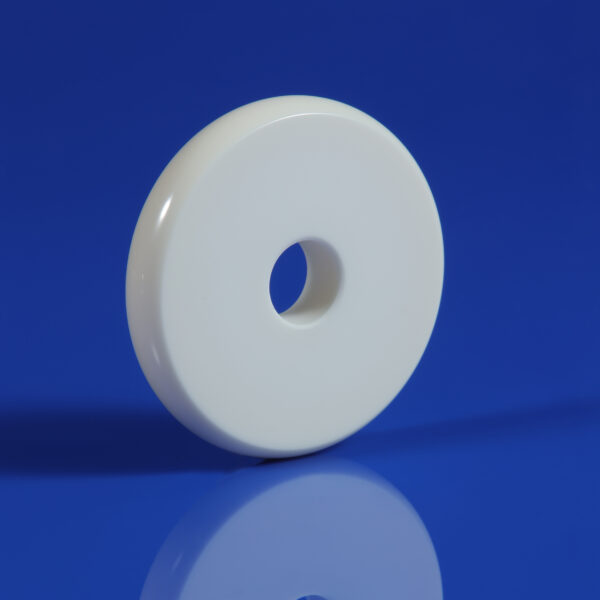
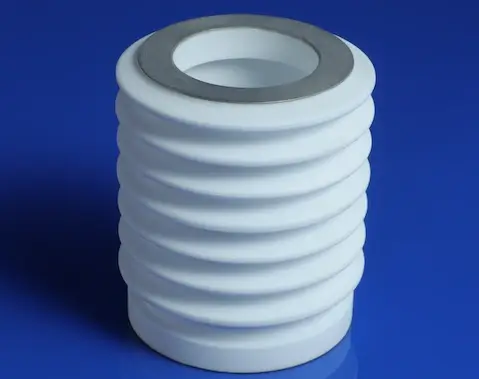
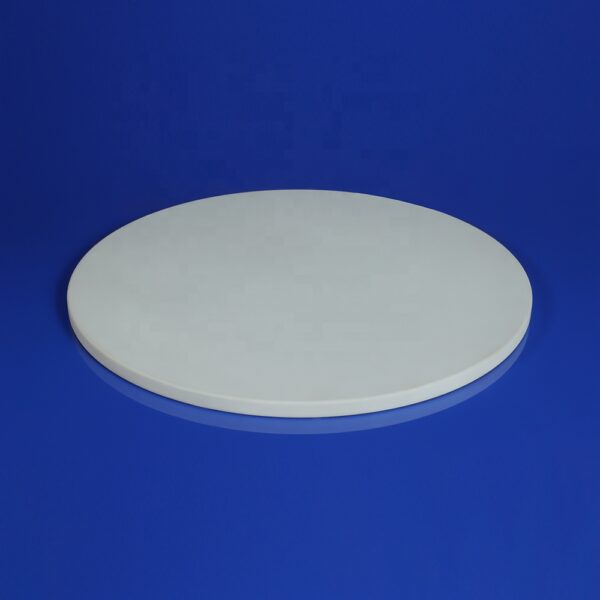
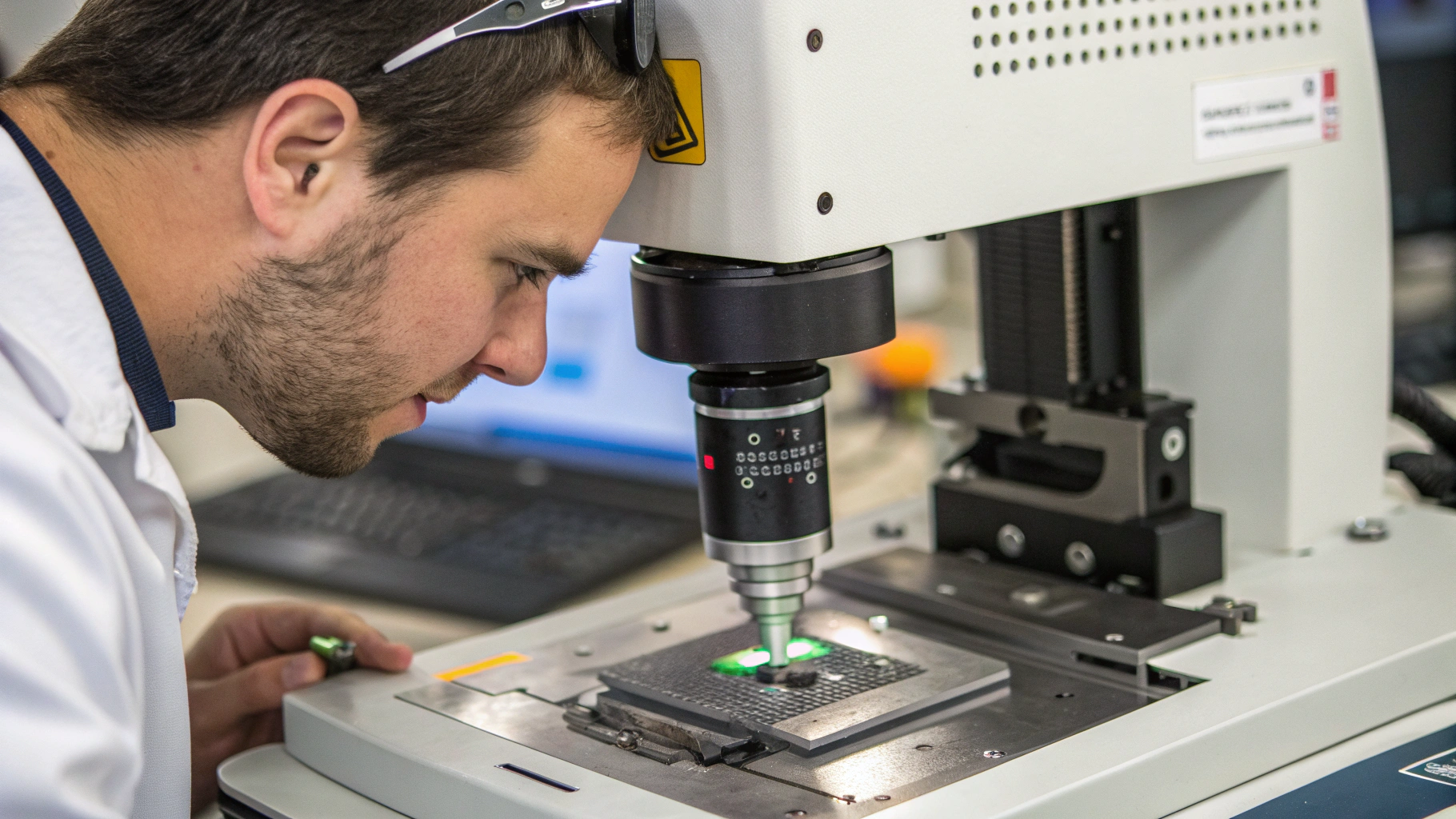


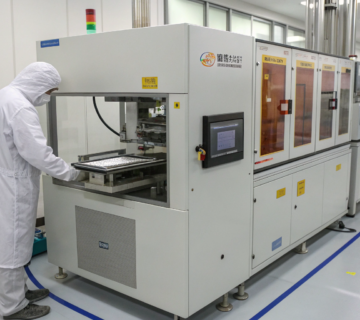
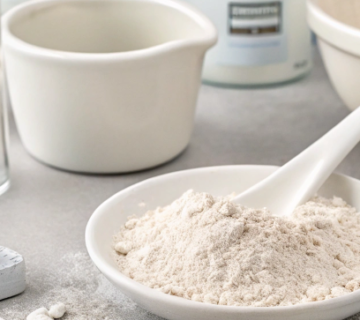

No comment